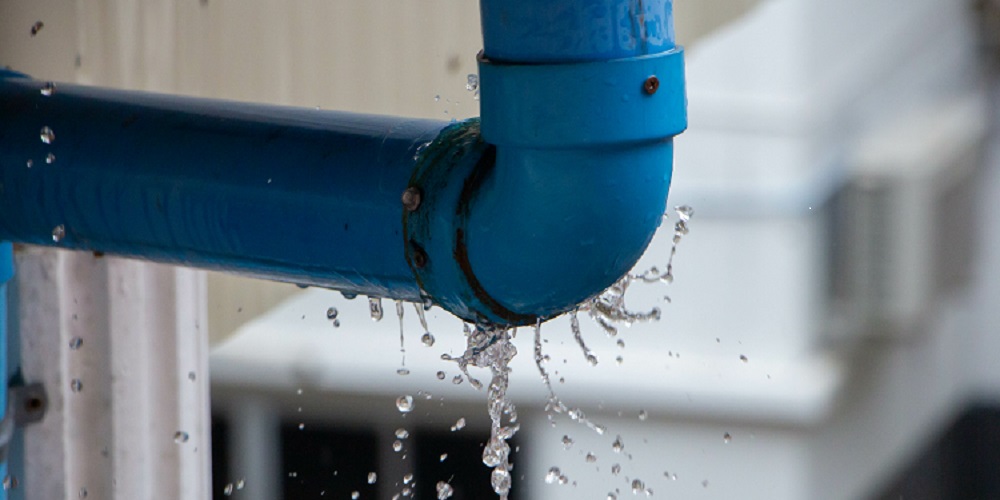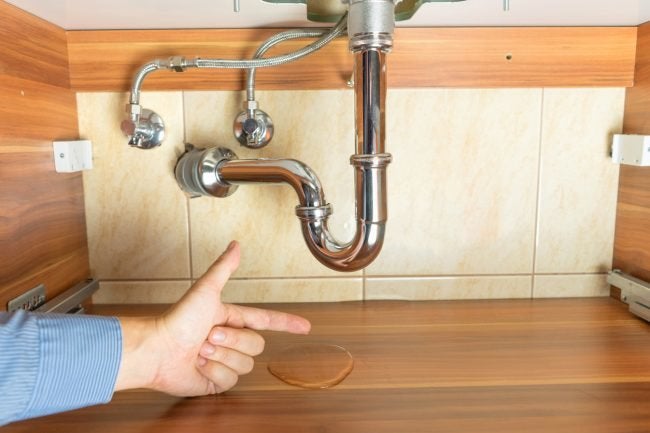Guide To Water Leakage Discovery In Your Home
Guide To Water Leakage Discovery In Your Home
Blog Article
Nearly everybody will have their own individual way of thinking in relation to Detecting hidden plumbing leaks.

Early discovery of leaking water lines can minimize a potential catastrophe. Apart from saving you cash, it will certainly reduce the stress and irritation. The minute you find a leakage, calling your plumber for fixings is the best option. Nonetheless, some tiny water leaks may not show up. Here are some hacks that help if you can not detect it with your nude eyes.
1. Examine the Water Meter
Every home has a water meter. Examining it is a surefire manner in which helps you uncover leaks. For starters, shut off all the water resources. Guarantee nobody will certainly flush, make use of the tap, shower, run the washing device or dishwasher. From there, most likely to the meter as well as watch if it will certainly transform. Since no person is utilizing it, there ought to be no activities. If it moves, that suggests a fast-moving leakage. Likewise, if you find no changes, wait a hr or 2 and also inspect back once again. This means you may have a slow-moving leakage that might even be underground.
2. Check Water Consumption
If you spot abrupt changes, regardless of your usage being the very same, it indicates that you have leaks in your plumbing system. An abrupt spike in your bill shows a fast-moving leak.
At the same time, a stable rise monthly, even with the exact same habits, reveals you have a slow leak that's additionally slowly rising. Call a plumber to thoroughly inspect your residential or commercial property, specifically if you really feel a warm area on your flooring with piping underneath.
3. Do a Food Coloring Test
When it comes to water usage, 30% comes from bathrooms. If the shade in some way infiltrates your dish throughout that time without flushing, there's a leakage in between the container and also dish.
4. Asses Outside Lines
Do not neglect to inspect your outdoor water lines too. Needs to water leak out of the connection, you have a loose rubber gasket. One little leakage can squander loads of water and increase your water expense.
5. Examine and Assess the Circumstance
Homeowners need to make it a routine to inspect under the sink counters and also also inside cabinets for any kind of bad odor or mold development. These two warnings suggest a leak so punctual attention is called for. Doing routine inspections, also bi-annually, can save you from a significant problem.
Check for discolorations as well as damaging as most pipes as well as home appliances have a life expectancy. If you think leaking water lines in your plumbing system, don't wait for it to intensify.
Early discovery of dripping water lines can minimize a potential disaster. Some tiny water leaks may not be visible. Checking it is a guaranteed method that assists you find leakages. One small leakage can lose bunches of water and spike your water costs.
If you believe dripping water lines in your plumbing system, do not wait for it to rise.
WARNING SIGNS OF WATER LEAKAGE BEHIND THE WALL
PERSISTENT MUSTY ODORS
As water slowly drips from a leaky pipe inside the wall, flooring and sheetrock stay damp and develop an odor similar to wet cardboard. It generates a musty smell that can help you find hidden leaks.
MOLD IN UNUSUAL AREAS
Mold usually grows in wet areas like kitchens, baths and laundry rooms. If you spot the stuff on walls or baseboards in other rooms of the house, it’s a good indicator of undetected water leaks.
STAINS THAT GROW
When mold thrives around a leaky pipe, it sometimes takes hold on the inside surface of the affected wall. A growing stain on otherwise clean sheetrock is often your sign of a hidden plumbing problem.
PEELING OR BUBBLING WALLPAPER / PAINT
This clue is easy to miss in rooms that don’t get much use. When you see wallpaper separating along seams or paint bubbling or flaking off the wall, blame sheetrock that stays wet because of an undetected leak.
BUCKLED CEILINGS AND STAINED FLOORS
If ceilings or floors in bathrooms, kitchens or laundry areas develop structural problems, don’t rule out constant damp inside the walls. Wet sheetrock can affect adjacent framing, flooring and ceilings.
https://www.servicemasterbyzaba.com/blog/how-to-detect-water-leakage-in-walls/

I'm just very enthusiastic about Top leak detection hacks and I hope you appreciated the entry. Sharing is good. Helping people is fun. Thanks a bunch for your time. Come back soon.
Report this page